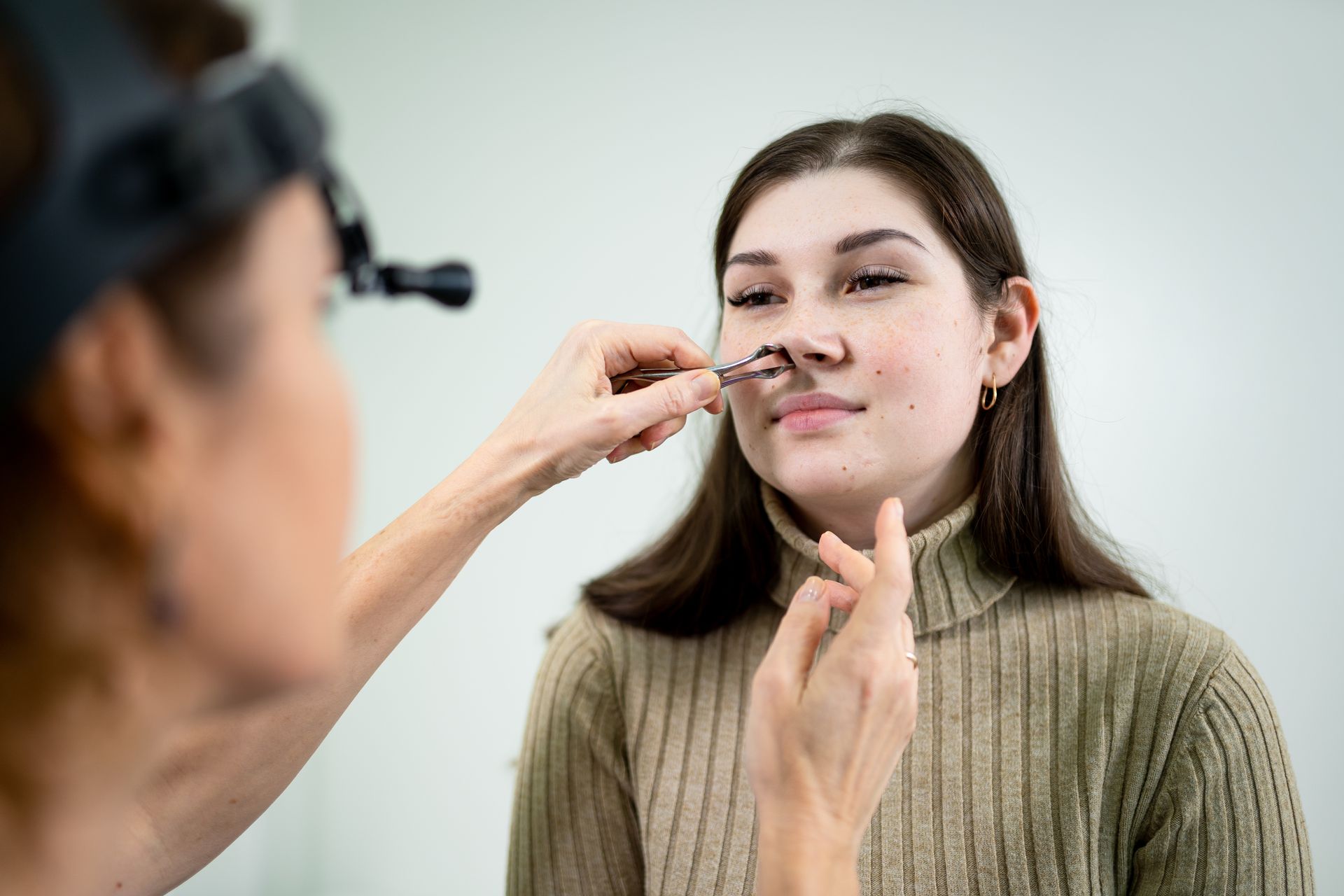Can a Parathyroid Tumor Be Mistaken for a Thyroid Nodule?
Did you know that both parathyroid tumors and thyroid nodules can manifest as lumps in the neck? This similarity can make it quite challenging for healthcare providers to differentiate between the two, yet understanding these conditions is crucial for effective diagnosis and treatment!
Understanding Thyroid Nodules vs. Parathyroid Tumors
Thyroid Nodules are solid or fluid-filled lumps that form within the thyroid gland, located at the base of your neck. These nodules are common and, in most cases, benign. However, some may be cancerous! Symptoms can include a noticeable lump, difficulty swallowing, or changes in voice. To determine their nature, diagnostic procedures such as ultrasound imaging and fine-needle aspiration biopsy are typically conducted.
Parathyroid Tumors, on the other hand, arise from the parathyroid glands, which are small glands located behind the thyroid gland. These tumors can be benign (adenomas) or malignant (carcinomas). They are responsible for regulating calcium levels in the body through hormone production. Symptoms of parathyroid tumors may include elevated calcium levels (hypercalcemia), kidney stones, fatigue, and bone pain.
Why the Confusion?
The close anatomical relationship between the thyroid and parathyroid glands can lead to misidentification during examinations. Both types of growths can present as neck lumps, especially if a parathyroid tumor is larger or displaces surrounding tissues. Additionally, imaging studies such as ultrasound may show overlapping features between thyroid nodules and parathyroid tumors. For instance, both can appear as hypoechoic lesions, leading to diagnostic uncertainty.
Diagnostic Approaches: How Do We Tell Them Apart?
To accurately differentiate between these two conditions, healthcare providers rely on several diagnostic tools:
- Ultrasound: This first-line imaging technique helps evaluate neck masses. A skilled radiologist can identify unique features that distinguish between thyroid nodules and parathyroid tumors.
- Blood Tests: Checking calcium and parathyroid hormone (PTH) levels provides vital clues. Elevated calcium and PTH levels may indicate a parathyroid tumor, while normal levels suggest a thyroid issue.
- Fine-Needle Aspiration Biopsy: If imaging results are unclear, a biopsy may be necessary. This involves using a thin needle to extract cells from the nodule or tumor for laboratory analysis.
- SPECT Scans: In certain cases, specialized imaging like a Sestamibi scan may be used to evaluate parathyroid function and pinpoint tumors more accurately
Treatment Implications: What’s Next?
Treatment for parathyroid tumors and thyroid nodules varies significantly based on their characteristics and associated symptoms. Parathyroid tumors, often benign, are typically treated through surgical removal known as parathyroidectomy, especially if they cause elevated calcium levels or related complications. In some cases, if the tumor is small and asymptomatic, careful monitoring may be sufficient. In contrast, thyroid nodules are frequently benign and may only require observation through regular check-ups and ultrasound evaluations. However, if a nodule is suspicious or causes symptoms, such as difficulty swallowing or changes in hormone production, treatment options may include medication, fine-needle aspiration biopsy for diagnosis, and potentially surgical intervention like lobectomy or total thyroidectomy if cancer is confirmed. Both conditions necessitate a tailored approach based on individual patient circumstances, emphasizing the importance of consulting a healthcare professional for appropriate diagnosis and management.
Kentuckiana ENT, a Division of ENT Care Centers, has specialty thyroid surgeons with years of experience. If you have questions about parathyroid tumors and thyroid nodules, contact our experts. Our qualified doctors can assist you and ensure you are receiving the best thyroid care. Request an appointment with us today.













